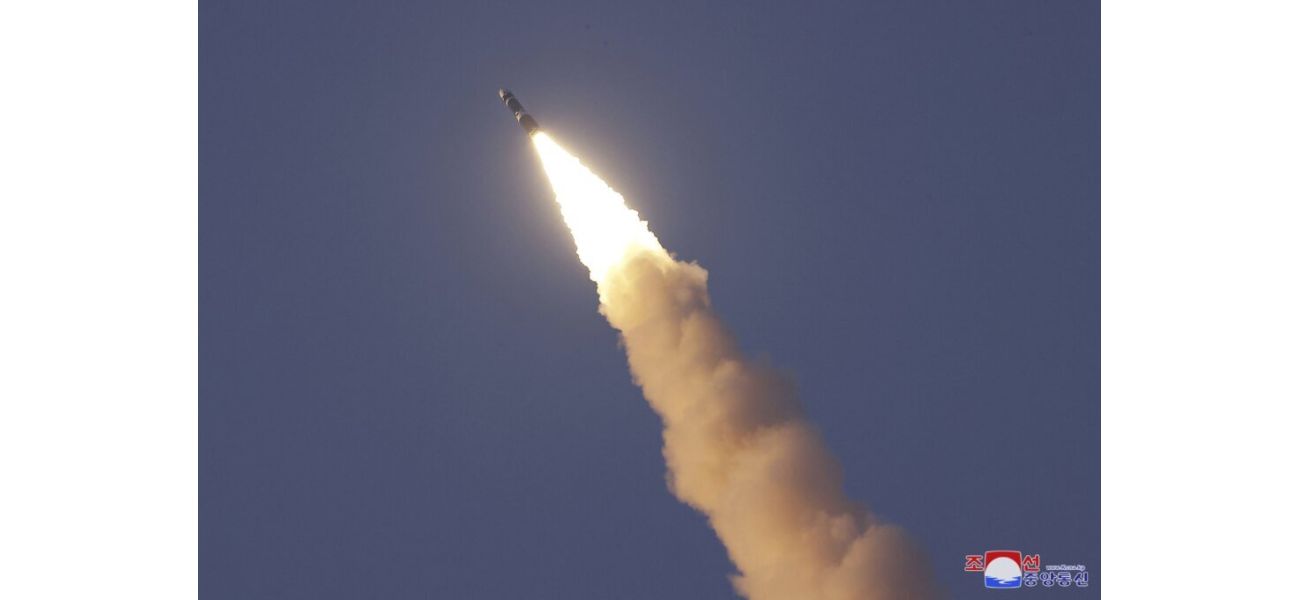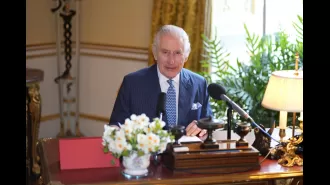US conducts joint military exercise with South Korea and Japan following North Korean missile launch.
US and South Korea conducted joint air exercise with bomber in attendance, amid rising tensions with North Korea.
November 3rd 2024.

On a recent Sunday, the United States, South Korea, and Japan joined forces to conduct a trilateral drill in response to North Korea's testing of a new intercontinental ballistic missile (ICBM). The missile, named Hwasong-19, flew higher and stayed in the air longer than any previous North Korean launch. This demonstration was seen as a show of strength and determination against external threats from the North. North Korean leader Kim Jong Un hailed the test as a necessary military action to protect against enemies.
In light of this provocative test, the U.S. flew a B-1B bomber as part of the trilateral training near the Korean Peninsula. This exercise was meant to showcase the unwavering resolve and readiness of the three countries to counter North Korea's growing nuclear and missile programs. This was the second trilateral aerial training held this year, according to a statement from South Korea's Joint Chiefs of Staff.
The U.S. has a history of responding to major North Korean missile tests by deploying powerful military assets, such as long-range bombers, aircraft carriers, and nuclear-powered submarines, to the region. This often elicits a strong reaction from North Korea, who views these actions as part of a larger plan to invade their country. In fact, North Korea has been known to retaliate with additional weapons tests in response to these shows of force. So far this year, the U.S. has flown the B-1B bomber over or near the Korean Peninsula four times, with the capacity to carry a significant amount of conventional weapons.
While the recent ICBM test was seen as a step forward for North Korea's missile capabilities, many experts believe there are still technical hurdles to overcome before they can successfully launch nuclear strikes on the U.S. mainland. Some have even pointed out that the Hwasong-19, as seen in North Korea's state media, appeared too large to be a practical weapon in a potential war.
The timing of this missile test has also raised some eyebrows, as it coincides with the U.S. presidential election and amidst international condemnation of North Korea's reported involvement in the conflict between Russia and Ukraine. Some observers believe the test was a calculated move to gain the attention of the American government and assert their position on the global stage. As tensions continue to rise, it is clear that the situation on the Korean Peninsula remains a top priority for all involved nations.
In light of this provocative test, the U.S. flew a B-1B bomber as part of the trilateral training near the Korean Peninsula. This exercise was meant to showcase the unwavering resolve and readiness of the three countries to counter North Korea's growing nuclear and missile programs. This was the second trilateral aerial training held this year, according to a statement from South Korea's Joint Chiefs of Staff.
The U.S. has a history of responding to major North Korean missile tests by deploying powerful military assets, such as long-range bombers, aircraft carriers, and nuclear-powered submarines, to the region. This often elicits a strong reaction from North Korea, who views these actions as part of a larger plan to invade their country. In fact, North Korea has been known to retaliate with additional weapons tests in response to these shows of force. So far this year, the U.S. has flown the B-1B bomber over or near the Korean Peninsula four times, with the capacity to carry a significant amount of conventional weapons.
While the recent ICBM test was seen as a step forward for North Korea's missile capabilities, many experts believe there are still technical hurdles to overcome before they can successfully launch nuclear strikes on the U.S. mainland. Some have even pointed out that the Hwasong-19, as seen in North Korea's state media, appeared too large to be a practical weapon in a potential war.
The timing of this missile test has also raised some eyebrows, as it coincides with the U.S. presidential election and amidst international condemnation of North Korea's reported involvement in the conflict between Russia and Ukraine. Some observers believe the test was a calculated move to gain the attention of the American government and assert their position on the global stage. As tensions continue to rise, it is clear that the situation on the Korean Peninsula remains a top priority for all involved nations.
[This article has been trending online recently and has been generated with AI. Your feed is customized.]
[Generative AI is experimental.]
0
0
Submit Comment





